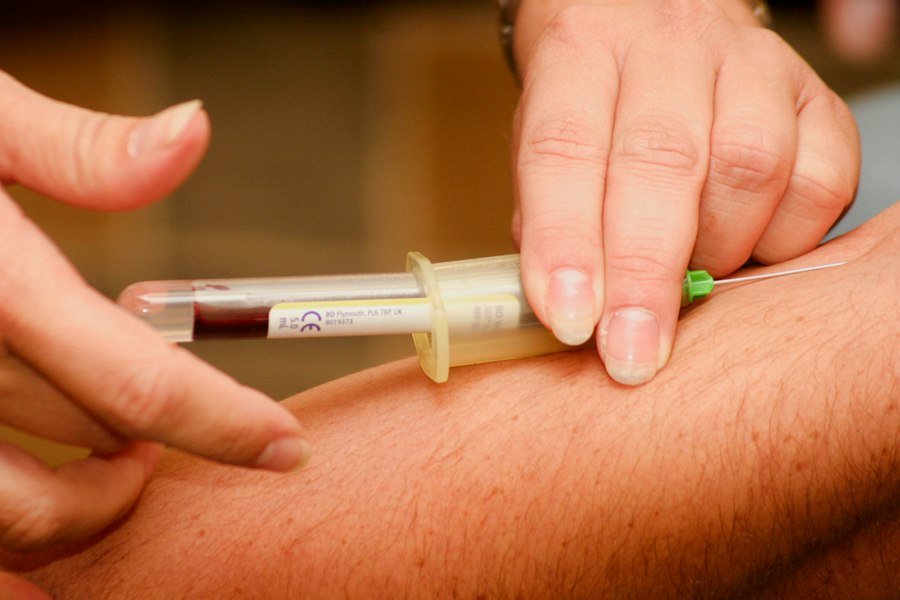

Norwegian for Health: 25 Medical Terms Explained
Learning medical terminology in a foreign language is crucial for healthcare professionals who work in multicultural environments or plan to practice medicine in a different country. It allows them to effectively communicate with patients, colleagues, and other healthcare professionals, ensuring accurate diagnosis, treatment, and care. In Norway, where the official language is Norwegian, understanding medical terminology in this language is essential for healthcare professionals.
The Norwegian language is a North Germanic language that is spoken by approximately 5 million people. It has its roots in Old Norse and is closely related to Danish and Swedish. Norwegian has several unique characteristics that make it interesting and challenging to learn. One of these characteristics is the use of three written forms: Bokmål, Nynorsk, and Riksmål. Bokmål is the most widely used form and is based on Danish, while Nynorsk is based on rural dialects. Riksmål is a more conservative form that is closer to Danish.
Table of Contents
ToggleKey Takeaways
- Norwegian medical terminology can be challenging for non-native speakers to understand.
- Understanding the basics of Norwegian healthcare is important for navigating the system.
- Common Norwegian medical terms and phrases include “lege” (doctor) and “sykehus” (hospital).
- Anatomy and physiology terminology in Norwegian includes “hjerte” (heart) and “lunger” (lungs).
- Norwegian terms for common illnesses and diseases include “forkjølelse” (cold) and “influensa” (flu).
Understanding the basics of Norwegian healthcare
The Norwegian healthcare system is known for its high quality and accessibility. It is primarily funded through taxes and provides universal healthcare coverage to all residents of Norway. The system is decentralized, with responsibility for healthcare services divided between the national government, regional health authorities, and municipalities.
In Norway, there are several different healthcare professionals who play important roles in providing care to patients. These include doctors (leger), nurses (sykepleiere), dentists (tannleger), pharmacists (farmasøyter), and physiotherapists (fysioterapeuter). Each profession has its own specific responsibilities and areas of expertise.
Common Norwegian medical terms and phrases
To effectively communicate with patients and colleagues in a medical setting in Norway, it is important to be familiar with common medical terms and phrases in Norwegian. Here are some examples:
– Sykdom (illness)
– Skade (injury)
– Symptomer (symptoms)
– Diagnose (diagnosis)
– Behandling (treatment)
– Medisiner (medications)
– Pasient (patient)
– Lege (doctor)
– Sykepleier (nurse)
– Apotek (pharmacy)
These terms and phrases are used in various contexts, such as during patient consultations, medical examinations, and discussions among healthcare professionals. It is important to understand their meanings and usage in order to effectively communicate and provide appropriate care.
Anatomy and physiology terminology in Norwegian
Anatomy and physiology terminology is essential for healthcare professionals to accurately describe the human body and its systems. Here are some common anatomical and physiological terms in Norwegian:
– Hjerte (heart)
– Lunger (lungs)
– Mage (stomach)
– Lever (liver)
– Nyrer (kidneys)
– Blodårer (blood vessels)
– Bein (bones)
– Muskler (muscles)
– Nervesystemet (nervous system)
– Fordøyelsessystemet (digestive system)
Understanding these terms allows healthcare professionals to effectively communicate about the structure and function of the human body, which is crucial for accurate diagnosis and treatment.
Norwegian terms for common illnesses and diseases
In order to effectively communicate with patients about their illnesses and diseases, healthcare professionals need to be familiar with the Norwegian terms for common conditions. Here are some examples:
– Forkjølelse (common cold)
– Influensa (influenza)
– Hodepine (headache)
– Feber (fever)
– Diabetes (diabetes)
– Kreft (cancer)
– Hjerteinfarkt (heart attack)
– Slag (stroke)
– Astma (asthma)
– Depresjon (depression)
Understanding these terms allows healthcare professionals to discuss symptoms, treatment options, and prognosis with patients in a clear and concise manner.
Medical procedures and tests in Norwegian

Medical procedures and tests are an important part of diagnosing and treating illnesses and diseases. Here are some common medical procedures and tests in Norwegian:
– Blodprøve (blood test)
– Røntgen (x-ray)
– Ultralyd (ultrasound)
– MR (magnetic resonance imaging)
– EKG (electrocardiogram)
– Gastroskopi (gastroscopy)
– Koloskopi (colonoscopy)
– Kirurgi (surgery)
– Fysioterapi (physiotherapy)
– Psykoterapi (psychotherapy)
Understanding these terms allows healthcare professionals to explain the purpose and process of these procedures and tests to patients, as well as discuss the results and any necessary follow-up care.
Norwegian terms for medications and prescriptions
Medications and prescriptions are an important part of treating illnesses and diseases. Here are some common medications and prescriptions in Norwegian:
– Paracetamol (paracetamol)
– Ibuprofen (ibuprofen)
– Antibiotika (antibiotics)
– Betablokkere (beta blockers)
– Statiner (statins)
– Antidepressiva (antidepressants)
– Insulin (insulin)
– Inhalator (inhaler)
– Resept (prescription)
– Dosering (dosage)
Understanding these terms allows healthcare professionals to discuss medication options, dosages, and potential side effects with patients, as well as provide clear instructions for taking medications.
Mental health terminology in Norwegian
Mental health is an important aspect of overall well-being, and understanding mental health terminology is crucial for healthcare professionals. Here are some common mental health terms and phrases in Norwegian:
– Angst (anxiety)
– Depresjon (depression)
– Bipolar lidelse (bipolar disorder)
– Schizofreni (schizophrenia)
– Psykoterapi (psychotherapy)
– Psykiater (psychiatrist)
– Psykolog (psychologist)
– Selvmordstanker (suicidal thoughts)
– Stress (stress)
– Søvnproblemer (sleep problems)
Understanding these terms allows healthcare professionals to discuss mental health issues, symptoms, and treatment options with patients in a sensitive and supportive manner.
Emergency and first aid terms in Norwegian
In emergency situations, it is important to be able to communicate clearly and effectively. Here are some emergency and first aid terms in Norwegian:
– Nødnummer (emergency number)
– Ambulanse (ambulance)
– Hjerte-lungeredning (CPR)
– Førstehjelp (first aid)
– Brann (fire)
– Skade (injury)
– Blødning (bleeding)
– Bevisstløs (unconscious)
– Pustestopp (respiratory arrest)
– Hjertestans (cardiac arrest)
Understanding these terms allows healthcare professionals to provide immediate assistance in emergency situations and communicate with emergency responders.
Resources for learning more about Norwegian healthcare and medical terminology
There are several resources available for healthcare professionals who want to learn more about Norwegian healthcare and medical terminology. These include textbooks, online courses, language exchange programs, and medical dictionaries. It is important to choose resources that are relevant to your specific needs and learning style. Additionally, practicing speaking and listening skills with native speakers can greatly enhance your understanding and fluency in Norwegian medical terminology.
In conclusion, learning medical terminology in a foreign language is essential for healthcare professionals who work in multicultural environments or plan to practice medicine in a different country. In Norway, understanding medical terminology in Norwegian is crucial for effective communication and providing accurate diagnosis, treatment, and care. By familiarizing themselves with common medical terms and phrases, anatomy and physiology terminology, terms for common illnesses and diseases, medical procedures and tests, terms for medications and prescriptions, mental health terminology, emergency and first aid terms, and available resources for learning more about Norwegian healthcare and medical terminology, healthcare professionals can enhance their ability to provide high-quality care to patients in Norway.
If you want to learn Norwegian, you can register for classes here. We look forward to hearing from you and helping you become fluent in Norwegian.





